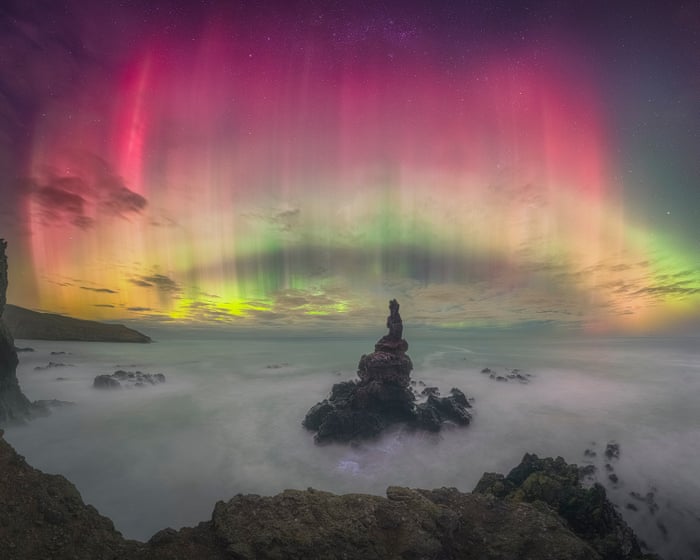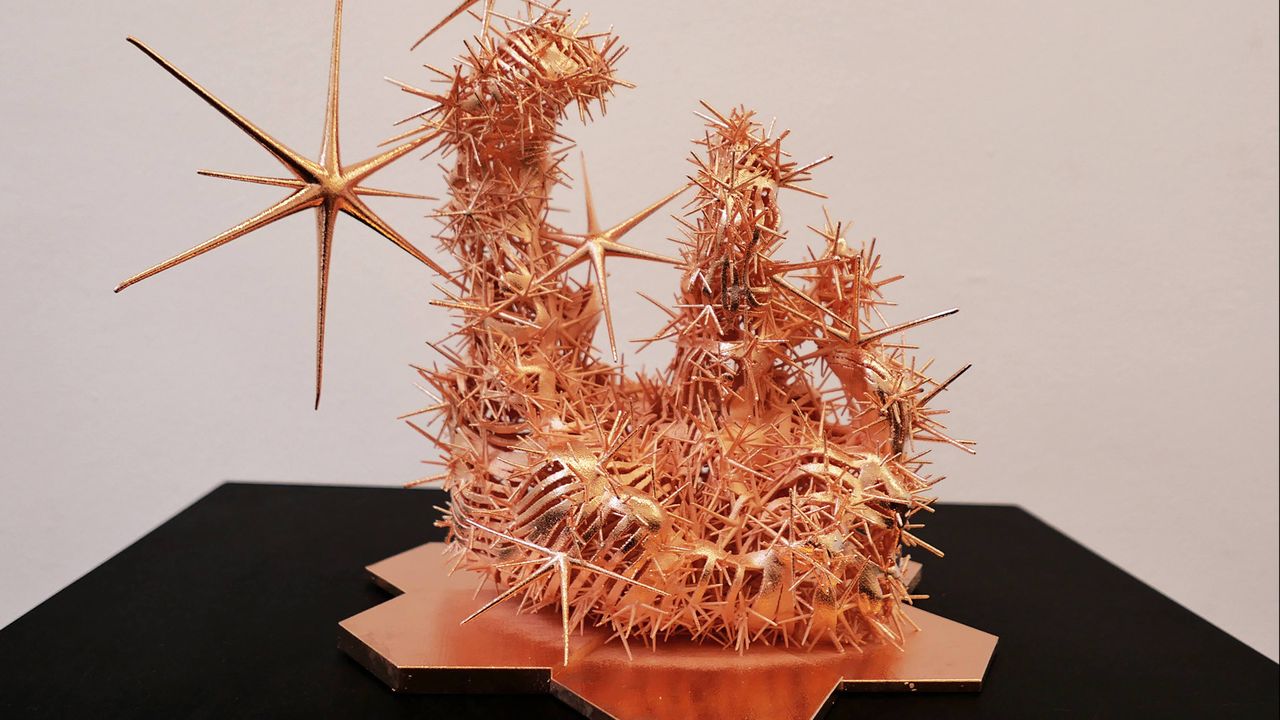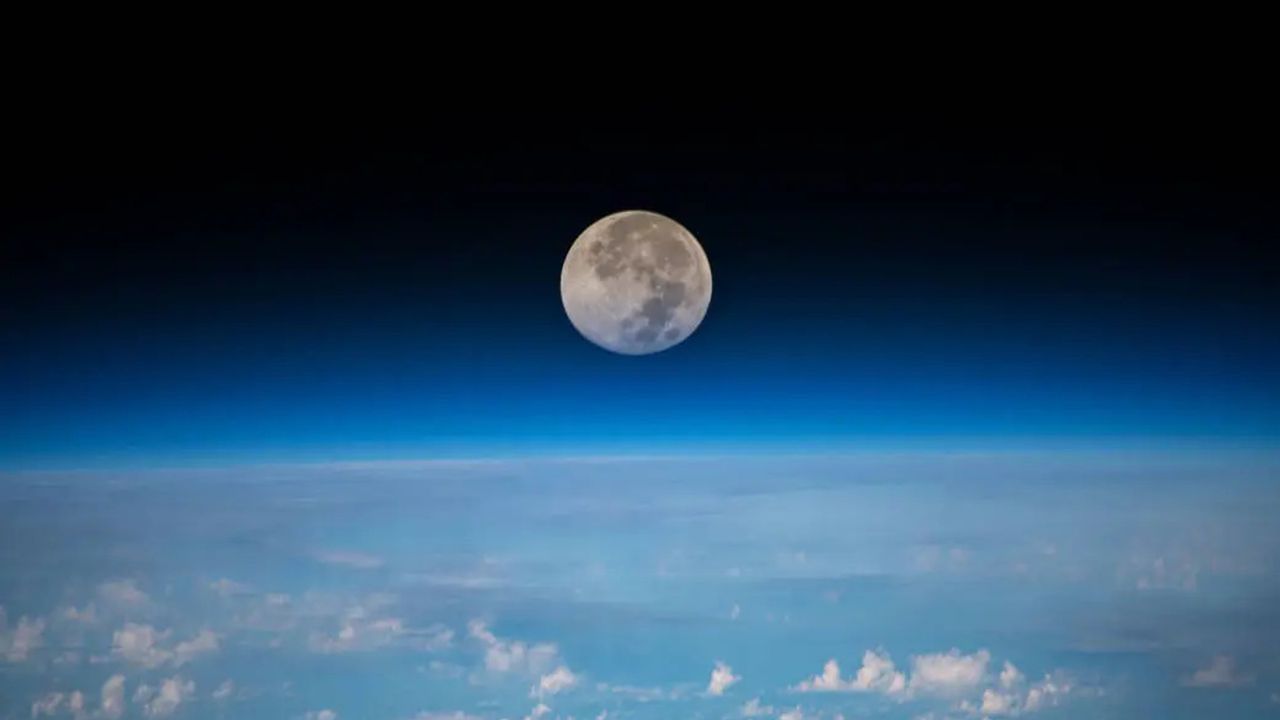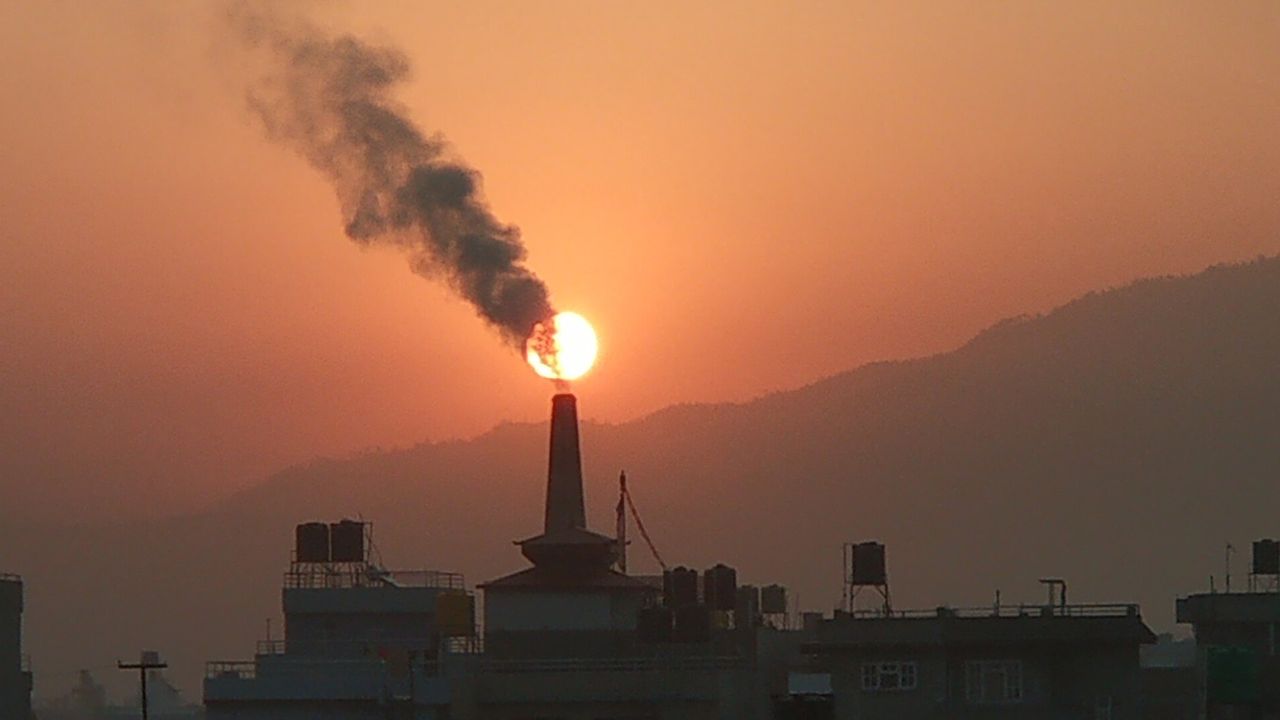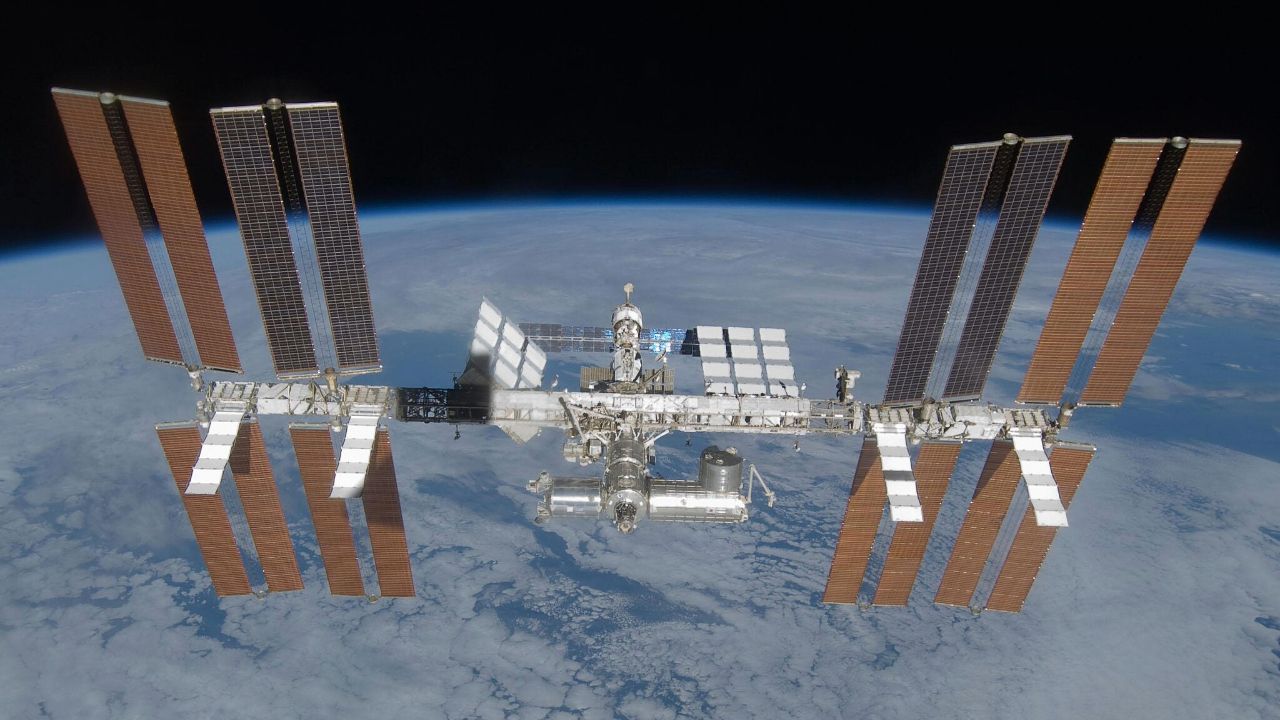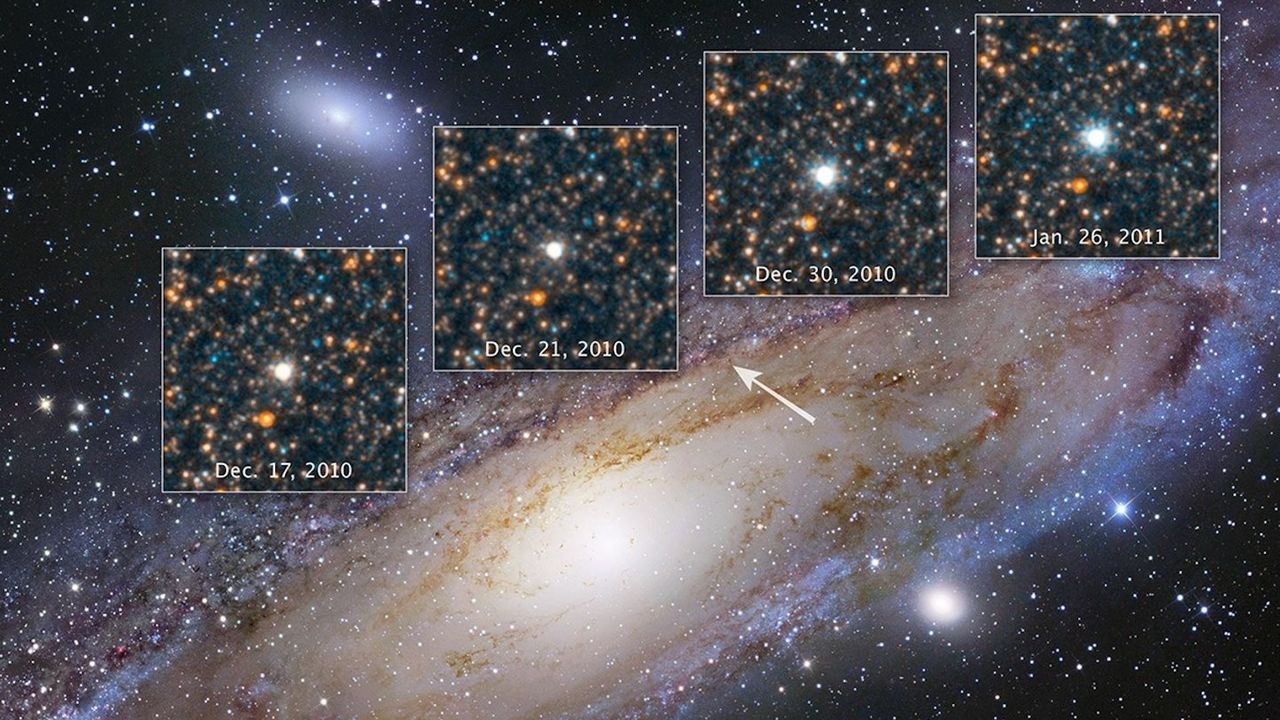Total solar eclipse 2028: Everything you need to know about totality in Australia and New Zealand
PositiveScience
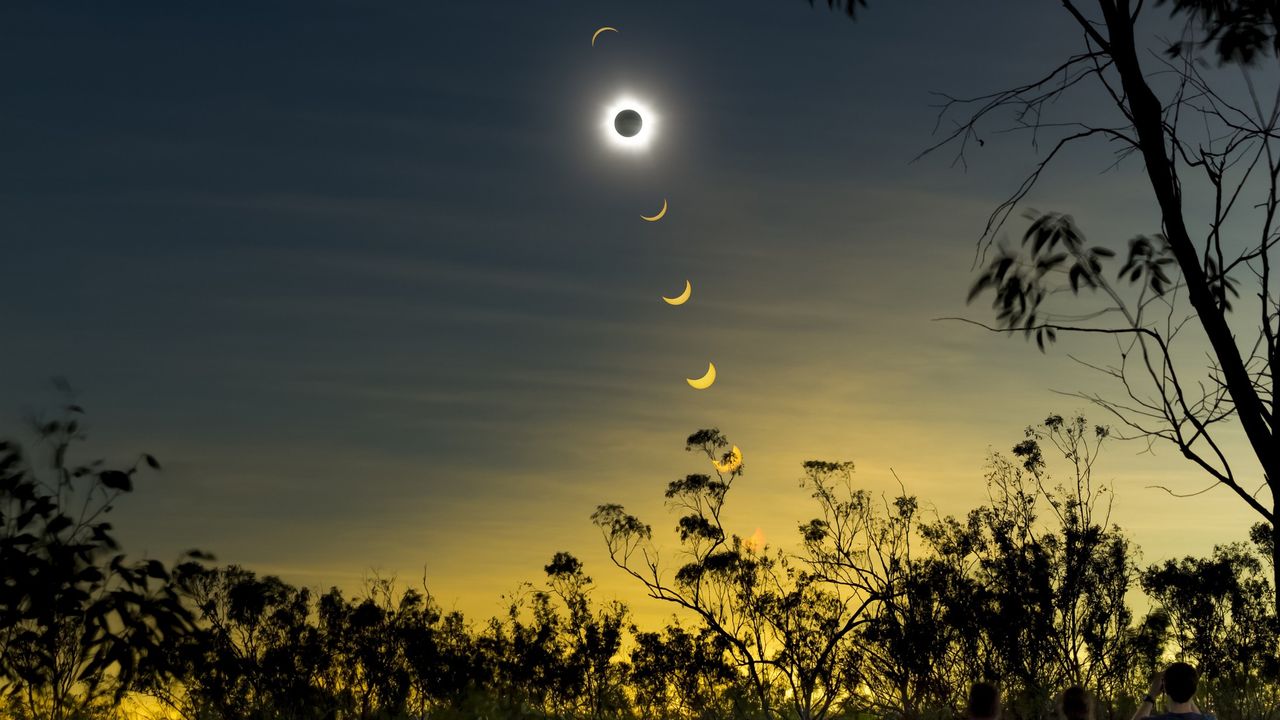
On July 22, 2028, a total solar eclipse will create an extraordinary spectacle across Australia and New Zealand, offering over five minutes of midday darkness. This event is significant not only for its rarity but also for the opportunity it presents to millions of people to witness a natural phenomenon that captivates and inspires awe. As communities prepare for this celestial event, it promises to be a memorable experience that brings people together to marvel at the wonders of the universe.
— Curated by the World Pulse Now AI Editorial System
